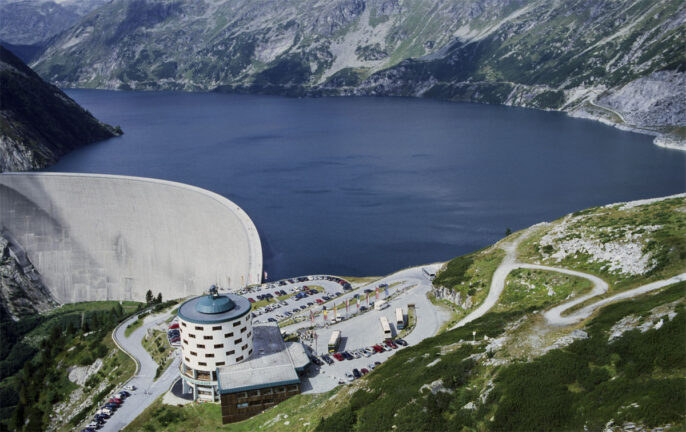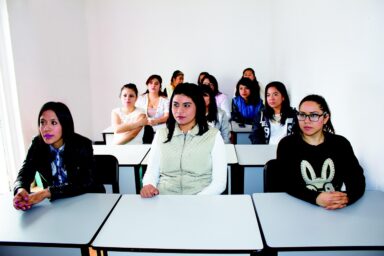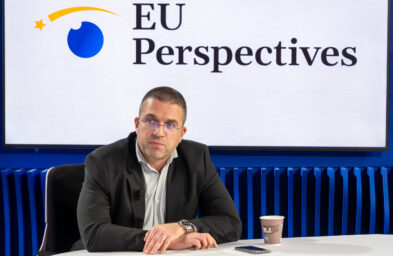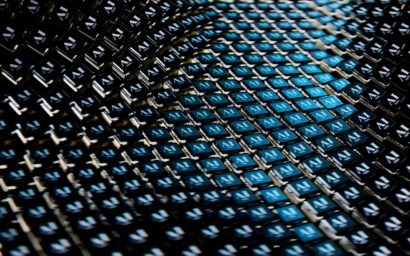The European Commission has approved an Austrian scheme to safeguard security of electricity supply. The scheme will support electricity capacity that remains in reserve outside the market whenever a so-called transmission congestion occurs. This is mainly caused by irregular flows of electricity from renewable sources, primarily hydroelectric power plants.
The new scheme is to increase participation of smaller resources, in particular electricity consumers that can provide demand response by reducing energy use. In case there is a ’transmission congestion’ (insufficient transmission capacity to match generation and demand), system operators turn off capacity in oversupplied parts of the bidding zone, and turn on capacity in parts of the bidding zone where there is a deficit.
Payments for inactivity
Under the scheme, one of the Austrian transmission system operators, Austrian Power Grid AG (APG), will pay operators of power plants that have notified their intention to close down their plants, but which are relevant to keep the electricity system in balance, for remaining available to the network. The scheme will also be open to electricity storage facilities and demand-response providers.
The measure approved today will help to ensure the security of Austria’s electricity supply. This also supports the security of the wider European electricity grid. — Teresa Ribera, Executive Vice-President for Clean, Just and Competitive Transition
The subsidised capacity must remain available and be located in parts of Austria or neighbouring countries where it can help manage transmission congestion. The aid will take the form of direct grants per megawatt of available capacity in the reserve, as well as payments to cover operating costs when the capacity activates. The scheme is to recover the costs from consumers in locations with a capacity shortfall, via network charges on consumer bills.
“The measure approved today will help to ensure the security of Austria’s electricity supply. This also supports the security of the wider European electricity grid,” said Teresa Ribera, Executive Vice-President for Clean, Just and Competitive Transition
Hydropower leads the crowd
Austria has shown remarkable progress in its clean electricity generation over the past years. In 2024, almost 80 per cent of net electricity generated in Austria came from renewable sources.
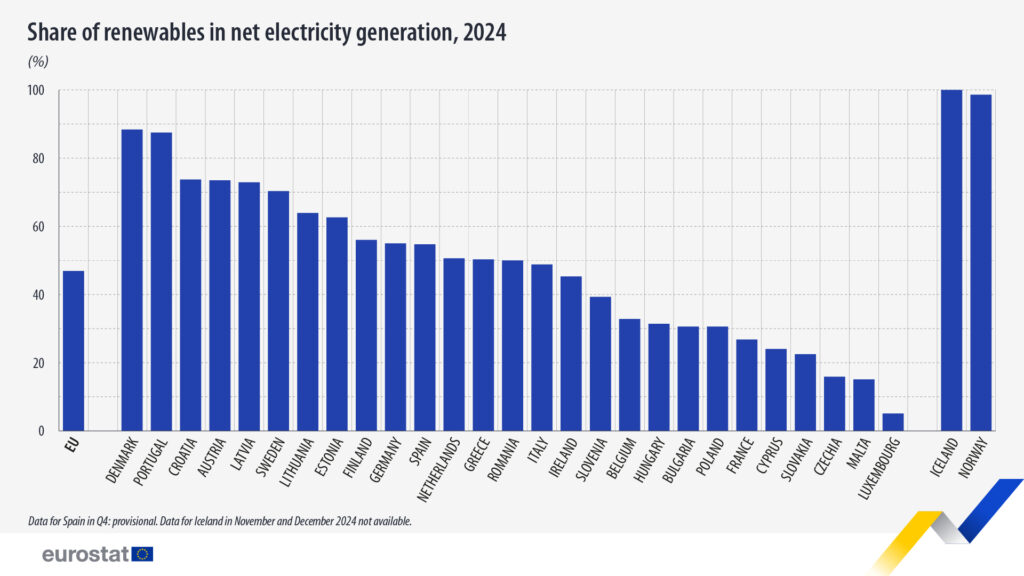
This significant achievement is primarily due to the country’s reliance on hydropower, which accounts for more than half of the electricity supply at 56 per cent. The number of hydropower plants has enjoyed a massive surge in Austria since the 20th century. Wind power plants are among the more recent sources of clean energy, accounting for almost 13 per cent. Solar plants provide additional eight per cent.
Austria still uses natural gas (around 11 per cent ) for power generation. The country also imports a small amount of electricity.
